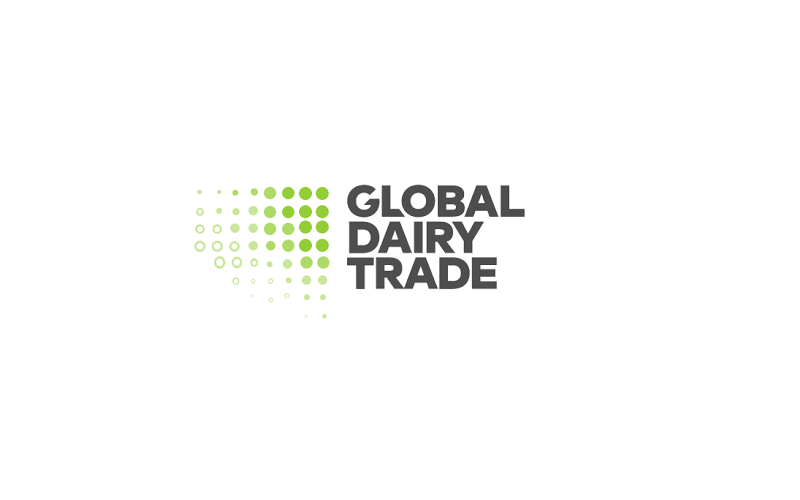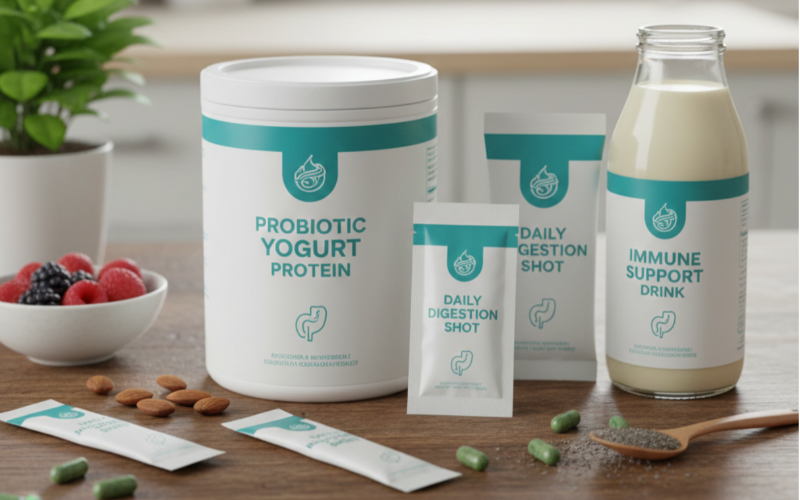China’s Dairy Glut Sparks Calls for Culling as Supply Outstrips Demand
Source: DairyNews.today
China’s dairy industry is facing a significant oversupply crisis, with farmers resorting to dumping excess milk and some experts calling for a drastic reduction in cow populations. This comes despite a government-led campaign launched in 2018 aimed at boosting milk production to enhance food security and improve public health through increased dairy consumption.

The initiative successfully ramped up milk production by over a third, with Chinese farms producing 42 million tonnes of milk last year—surpassing official targets. However, consumer demand has failed to keep pace with this growth. On average, Chinese citizens consume just 40 kilograms of dairy products annually, only a fraction of the global average and less than half of what health authorities recommend.
The disparity between supply and demand has left dairy farms flooded with unsold milk, forcing them to slash prices by 28% since August 2021. As of September, the price of raw milk averaged 3.14 yuan (45 cents) per kilogram, below the cost of production for many farmers. Most dairy operations have been operating at a loss since the latter half of last year, according to Lu Shi from StoneX Group, a financial services firm.
A number of factors contribute to China’s low dairy consumption. Many Chinese citizens are lactose intolerant, and dairy products are not traditionally a staple in most regions outside areas like the Mongolian steppe. Additionally, despite efforts to promote milk as a key part of a healthy diet, products like cheese and butter remain unfamiliar to many consumers.
China’s economic slowdown has further dampened dairy demand, as tighter household budgets reduce purchases of non-essential food items. The country’s declining birth rate has also impacted sales of infant formula, a key product in the domestic dairy market.
Exporting surplus dairy products is a challenge due to high production costs. China imports much of its cattle feed, which raises production expenses, and the country’s dairy products still struggle with a tarnished reputation following a 2008 milk-powder scandal involving melamine contamination, which caused six infant deaths and made hundreds of thousands sick.
As the crisis deepens, some dairy farmers have started dumping excess milk. The government has responded by encouraging banks to extend credit to farmers, accepting cattle as collateral. Authorities have also intensified public campaigns to raise awareness of dairy’s health benefits. However, Li Shengli of the China Dairy Association argues that overproduction is the core issue and has recommended culling 300,000 cows to restore balance to the market.
The path forward for China’s dairy sector is uncertain, with industry players and policymakers grappling with the dual challenge of managing excess supply while boosting long-term consumer demand for dairy products.
The disparity between supply and demand has left dairy farms flooded with unsold milk, forcing them to slash prices by 28% since August 2021. As of September, the price of raw milk averaged 3.14 yuan (45 cents) per kilogram, below the cost of production for many farmers. Most dairy operations have been operating at a loss since the latter half of last year, according to Lu Shi from StoneX Group, a financial services firm.
A number of factors contribute to China’s low dairy consumption. Many Chinese citizens are lactose intolerant, and dairy products are not traditionally a staple in most regions outside areas like the Mongolian steppe. Additionally, despite efforts to promote milk as a key part of a healthy diet, products like cheese and butter remain unfamiliar to many consumers.
China’s economic slowdown has further dampened dairy demand, as tighter household budgets reduce purchases of non-essential food items. The country’s declining birth rate has also impacted sales of infant formula, a key product in the domestic dairy market.
Exporting surplus dairy products is a challenge due to high production costs. China imports much of its cattle feed, which raises production expenses, and the country’s dairy products still struggle with a tarnished reputation following a 2008 milk-powder scandal involving melamine contamination, which caused six infant deaths and made hundreds of thousands sick.
As the crisis deepens, some dairy farmers have started dumping excess milk. The government has responded by encouraging banks to extend credit to farmers, accepting cattle as collateral. Authorities have also intensified public campaigns to raise awareness of dairy’s health benefits. However, Li Shengli of the China Dairy Association argues that overproduction is the core issue and has recommended culling 300,000 cows to restore balance to the market.
The path forward for China’s dairy sector is uncertain, with industry players and policymakers grappling with the dual challenge of managing excess supply while boosting long-term consumer demand for dairy products.











